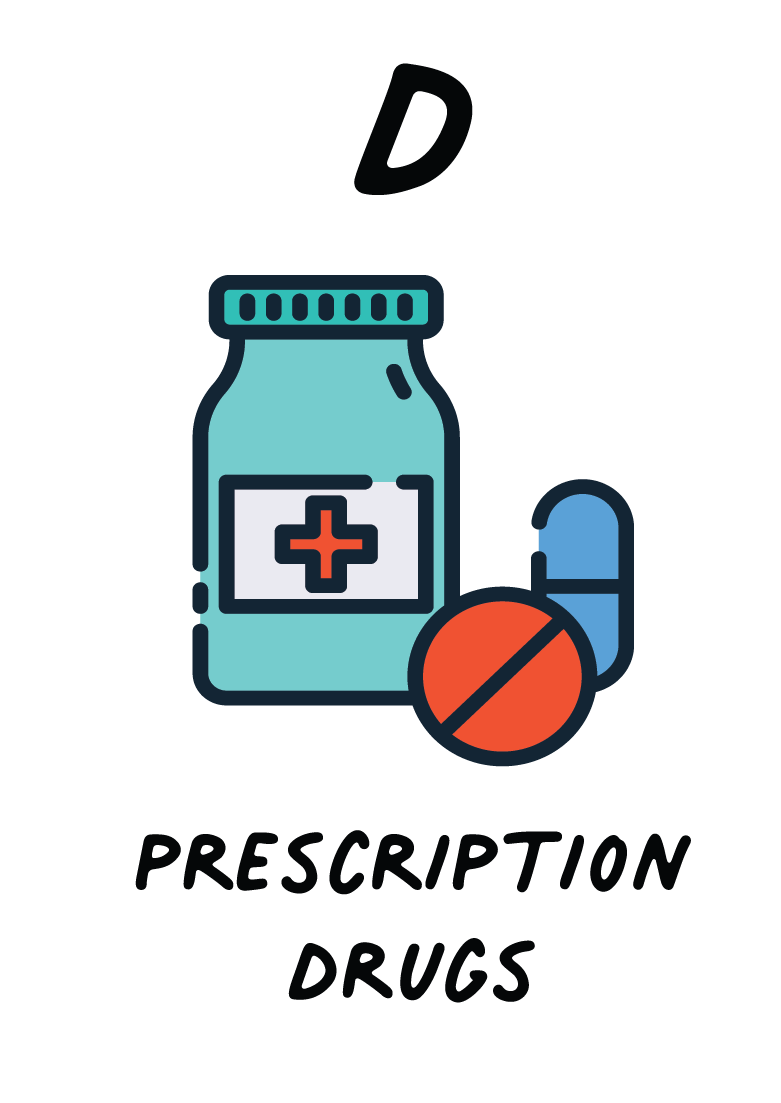Part D is prescription drug coverage
Original Medicare (Parts A and B) does not cover prescription drugs. Many people who choose Original Medicare add a stand-alone prescription drug plan or choose a Medicare Advantage plan that includes Part D. Medicare Part D Plans are required to cover certain common types of drugs, but each plan may choose different drugs it covers. The drugs you take may not be covered by every Part D plan. You need to review each plan’s formulary (A formulary is a list of the prescription drugs that are covered by a specific Medicare Part D plan) to see if your drugs are covered. This is something I help navigate with my clients each year in the Annual Enrollment Period if needed.
Part D is optional and not everyone may need it, for example those that are eligible to get their prescriptions filled at their local VA facility or hospital. However, if you do not enroll in Part D when you first become eligible, and you decide to enroll later, you may be subject to the Part D enrollment penalty and may pay this penalty for as long as you have a prescription drug plan. The penalty is a mathematical calculation and is as follows: the number of months without a Part D drug plan × 1% × the national average price of a Medicare prescription drug plan.
In general, you may enroll in a Part D plan if you are entitled to Medicare Part A or if you are enrolled in Medicare Part B. In addition, you must live in the service area of a Part D plan you’d like to enroll in.

Explaining prescription drug coverage in 2025
In 2025 and beyond, the Medicare prescription drug structuring has changed for Medicare beneficiaries. There are different stages you may see when having a Medicare prescription drug plan throughout a calendar year, and they are explained below. Not everyone will see all of the stages for a variety of reasons.
If you receive extra help through the Medicare Extra Help program or a state assistance program (like PACENET in Pennsylvania), then the outline below will not apply. If you have an employer plan, this also may not apply exactly as explained here. It is important to understand this in detail and how it applies to your individual situation, so if you would like a personal review, reach out to me directly.
The 2025 CMS Part D Defined Benefit Design explains the minimums every Part D plan must offer.
The member may pay up to $590 (in 2025) as an annual deductible. This may apply to all medications covered by the plan or only specific tiers of medications, for example, brand-name medications. The plan determines this and may change the structure each year.
The member will pay a copay or coinsurance set by the plan until the total drug costs, which includes BOTH what the member and the plan pays, reaches the initial coverage of $2000.
Once the max out of pocket (MOOP) for RX drugs of $2000 is reached, this will put the beneficiary in the catastrophic phase. After reaching this threshold, the member pays no further drug cost-sharing for covered drugs until the start of the next year.
Another new program for 2025!
The Medicare Prescription Payment Plan is a new program created under the Inflation Reduction Act that requires Part D plan sponsors to provide their enrollees with the option to pay out-of-pocket prescription drug costs in the form of monthly payments over the course of the plan year instead of all at once to the pharmacy. The program begins January 1, 2025. Click here to see the official CMS fact sheet with details of the plan.

